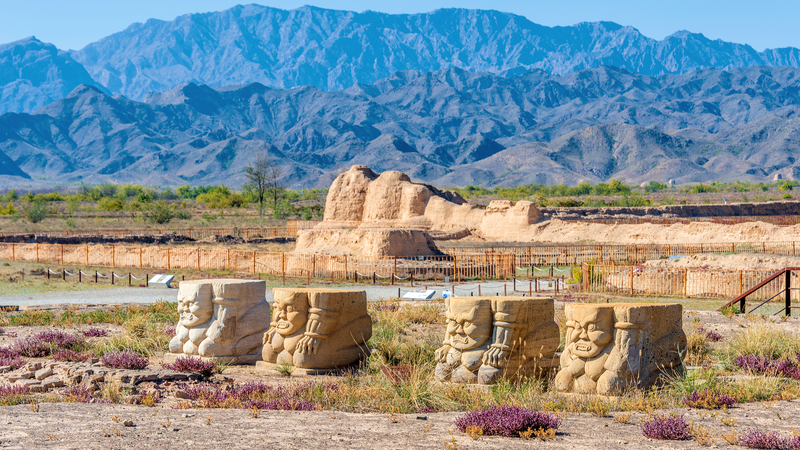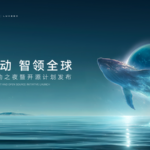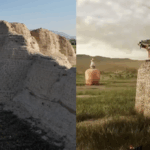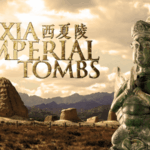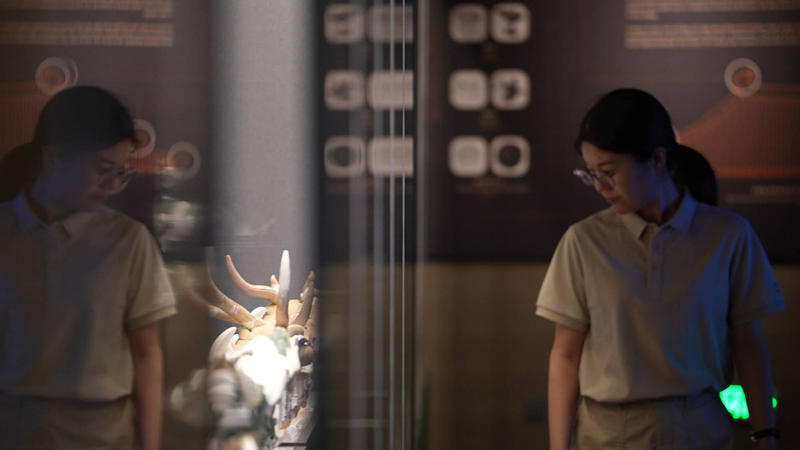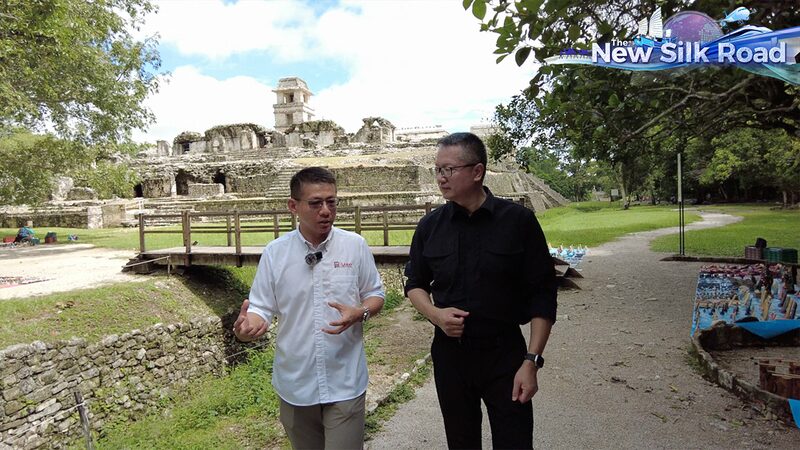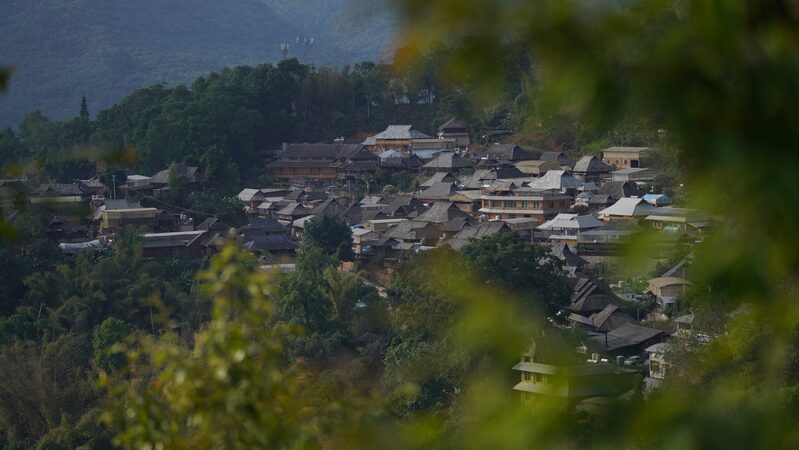Nestled beneath the shadow of the Helan Mountains, the Xixia Imperial Tombs stand as silent sentinels of a lost civilization. With 9 imperial mausoleums and 271 subsidiary tombs spread across China's northwestern Gobi Desert, this archaeological treasure trove containing over 7,100 artifacts has emerged as the Chinese mainland's leading candidate for UNESCO World Heritage recognition in 2025.
Often called the "Pyramids of the East" for their monumental earthen structures, the site preserves the legacy of the Tangut civilization that thrived from 1038 to 1227 CE. Recent preservation efforts have revealed intricate Buddhist carvings and unique hybrid architecture blending Han Chinese and Tibetan influences, offering scholars fresh insights into Silk Road cultural exchanges.
For business observers, the potential UNESCO designation signals growing investment in China's cultural tourism sector. Analysts note improved transportation infrastructure around the site, with new high-speed rail connections to Yinchuan city reducing travel time to 90 minutes.
"This isn't just about history – it's about understanding Asia's layered identities," says Dr. Li Wei, an archaeologist involved in the preservation project. "Each artifact tells a story of cross-cultural innovation that shaped regional development."
As autumn brings cooler temperatures to the desert, visitor numbers have surged by 40% compared to 2023, with diaspora communities particularly drawn to newly translated Tangut manuscripts displayed in the onsite museum.
Reference(s):
cgtn.com
